Choosing a dog breed is a big decision and one that is unique to your personal circumstances. While appearance is important, it’s essential not to select a cute-looking breed without ensuring that its temperament, energy level, and trainability will suit your lifestyle. Here are 19 adorable dog breeds that might steal your heart on looks alone but require a specific type of home.
Cavalier King Charles Spaniel
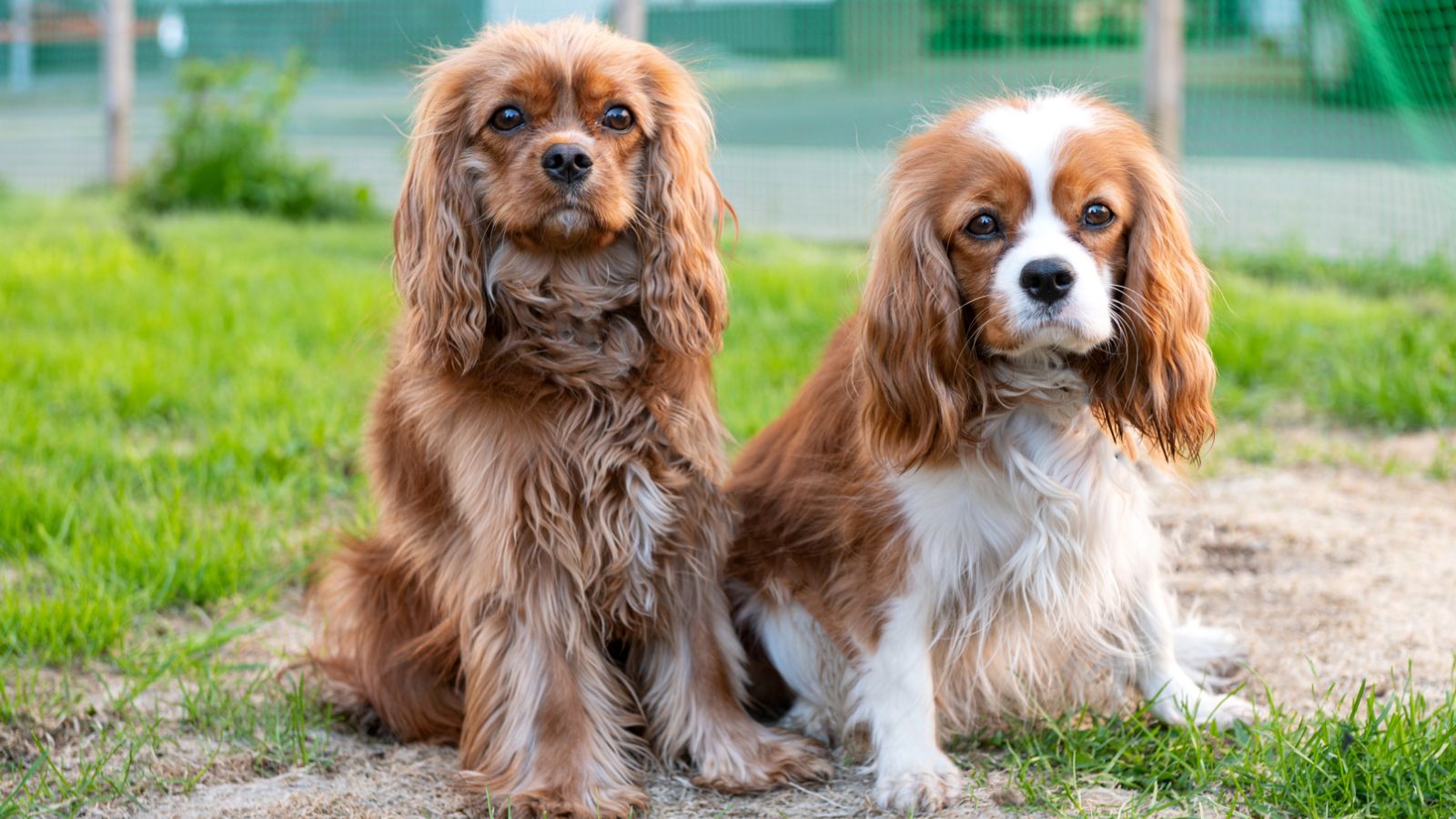
This relatively small, silky-haired breed is gentle and charming, with affectionate natures. However, be mindful that their persistent need for human company can cause them to suffer from separation anxiety, and they may be destructive or bark a lot when left alone. Their delicate build isn’t robust either, making them unsuitable for small children or rough play.
Beagle

The American Kennel Club states that Beagles are the most popular hound dog in America, largely thanks to their medium size, floppy ears, and soulful eyes. While they are good with children and other dogs, they are exceedingly energetic, with a strong prey drive. This can make them destructive when bored, easily lost off leash, and a danger to small animals like cats.
Siberian Husky
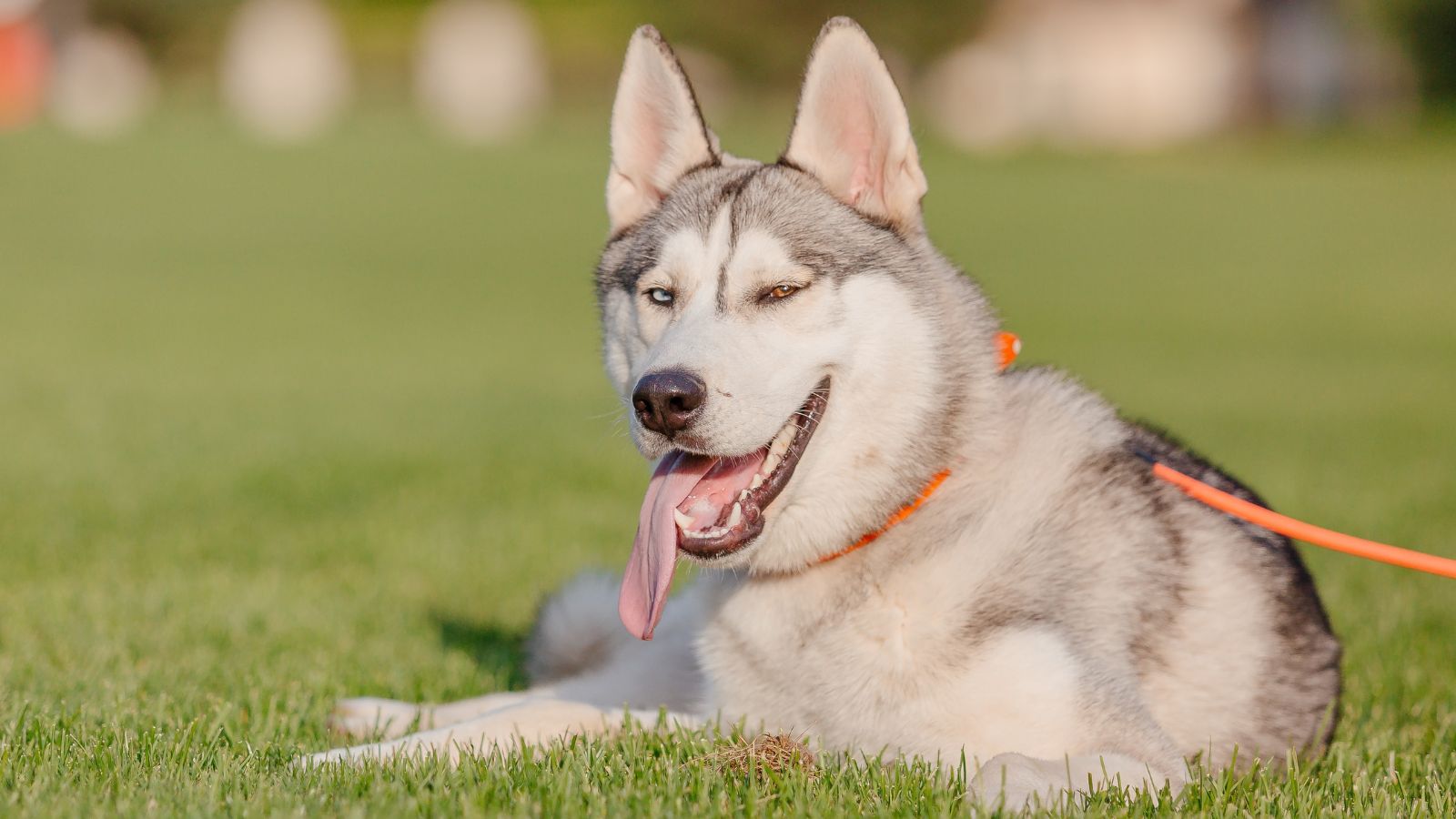
Siberian Huskies look extremely alluring with their majestic, wolf-like appearance, thick pale coats, and unusual blue eyes. But don’t forget that they were bred for sled pulling and have impressive stamina and above-average intelligence. Their large size and tendency to get bored easily make them exclusively suitable for high-energy homes with plenty of interaction and stimulation.
Border Collie
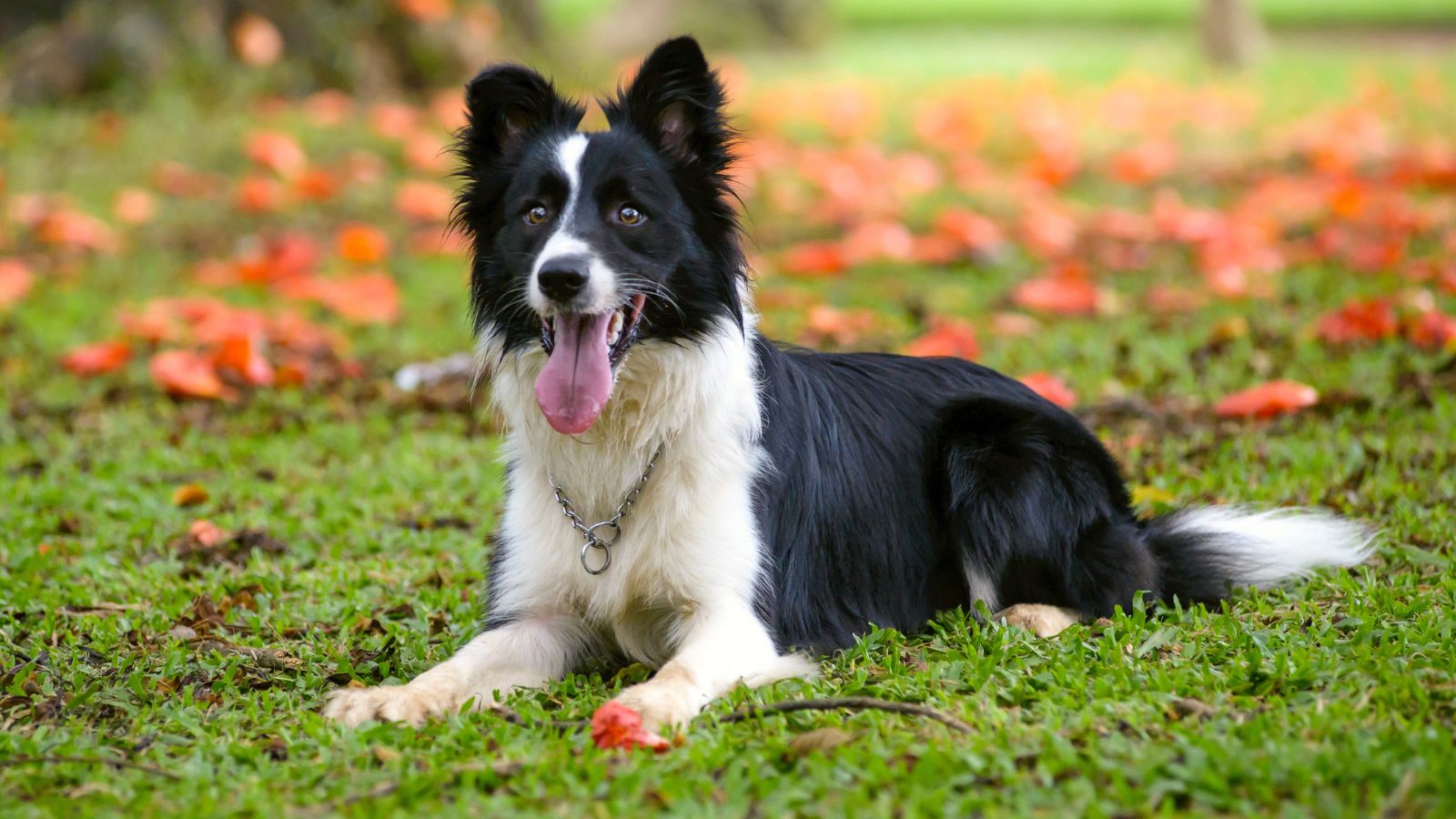
Widely considered the most intelligent dog breed, silky-coated Border Collies are adorable, especially as puppies. Yet Britannica states they were bred to be highly alert and loyal working dogs for herding sheep, meaning they need an outlet for all their intelligence and energy. Otherwise, they become destructive, restless, and loud, and may even try to herd family members!
French Bulldog

Compact and charming, French Bulldogs attract a huge following with their signature bat ears and squashed, wrinkled faces. While they’re known to be playful and friendly, they’re also stubborn and brachycephalic (short-snouted), which can cause breathing difficulties and overheating, making them unsuitable for hot climates or anyone with an active lifestyle.
Shih Tzu

The quintessential lapdog, longhaired Shih Tzus have pale, flowing fur and expressive eyes, and are known to be loyal and affectionate. While their luxurious coat may be beautiful, they require frequent brushing and professional grooming to prevent mats from forming. They’re also prone to separation anxiety and ‘small dog syndrome,’ making them a noisy, ‘yappy’ breed.
Dalmatian

Instantly recognizable, even to those who don’t watch Disney movies, Dalmatians have a distinctive spotted coat, are often playful, and enjoy human company. However, they were originally bred as carriage dogs and require a lot of daily exercise. They can also become destructive and loud when left alone, and they aren’t suitable for small spaces due to their large size.
Pug
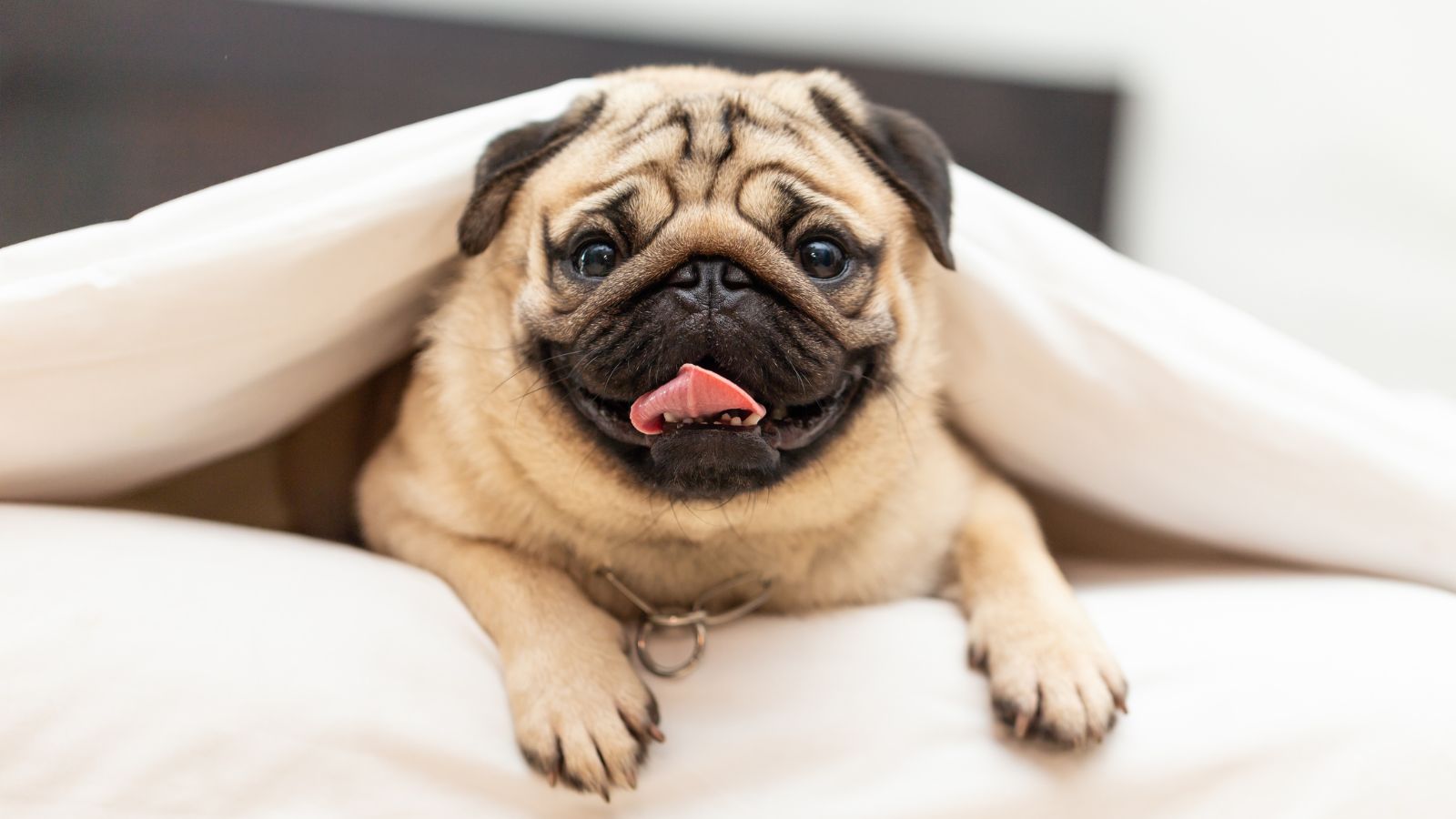
One of the most famous small dog breeds, Pugs are undeniably adorable with their squished faces, stocky bodies, and curly tails. Just be aware that, like Frenchies, Pugs are brachycephalic and don’t cope well with high temperatures or excessive exercise. They can also be stubborn and challenging to train and are prone to obesity due to their strong love of food.
Jack Russell Terrier

Jack Russells are small, smart, and affectionate, but young dogs, in particular, have boundless energy and a strong prey drive. DogTime warns that the breed is only suitable for “experienced dog parents.” A lack of consistent training or insufficient stimulation can cause them to become restless and exhibit behaviors like barking, chasing cats, destructive chewing, or digging.
Weimaraner

With a blue-gray coat that almost seems to shimmer, silver-colored Weimaraners are a large, beautiful breed of hunting dog. But they shouldn’t be kept in apartments due to their need for constant physical and mental stimulation and can develop behavioral problems like chewing and pacing. They also need to be socialized well, or else they can be shy around strangers.
German Shepherd Dog

GSDs are intelligent, loyal, and highly trainable dogs that were bred for herding livestock, but are now also used in police, security, and military roles. Be aware that cute, fluffy puppies quickly become large, curious dogs that require constant activity to be happy. Their size and tendency for boredom make them unsuitable for all but the most active, stimulating homes.
Miniature Schnauzer

With a distinctive mustache and eyebrows, these small yet feisty dogs are constantly alert and ‘on the lookout’ for prey, making them unsuitable for families with cats. While they are intelligent and trainable, they can demand a lot of attention and require regular grooming to keep their unusual, wiry coat clean and free from mats. They are also prone to becoming ‘barkers.’
Labrador Retriever

Statista states that Labs were the most registered dog breed in the U.S. for 31 years, and they remain in the top two. There’s a good reason for this: they’re cute, friendly, playful, and easy to train. Be aware that young dogs are endlessly energetic and need a lot of attention. Their love for mud and water can also make it difficult to keep both them and your home clean and smelling fresh!
Boxer

Known for their goofy personalities, loyalty, and playfulness, Boxers are a popular dog breed despite their divisive looks. However, they are often extremely boisterous, excitable, and full of energy, making them unsuitable for homes with frail people or small children. They’re also prone to being neurotic and can develop destructive behaviors, like chewing, when left alone.
Xoloitzcuintli (Xolo)

Xolos are near-hairless dogs that originate from Mexico and have a majestic, straight-eared appearance. While they shed minimally, these intelligent dogs require consistent socialization to prevent shyness or aggression and aren’t recommended for young children. You’ll also need to keep their skin moisturized and protected from the sun, particularly if you live in a sunny climate.
Boston Terrier

Affectionately nicknamed the “American Gentleman,” Boston Terriers are known for their tuxedo coat markings and friendly personalities. But, like other small bull breeds, they tend to be stubborn and resistant to training. Their short, flat faces can also lead to breathing difficulties and elevated veterinary costs. They’re best suited to patient, less active owners.
Welsh Corgi
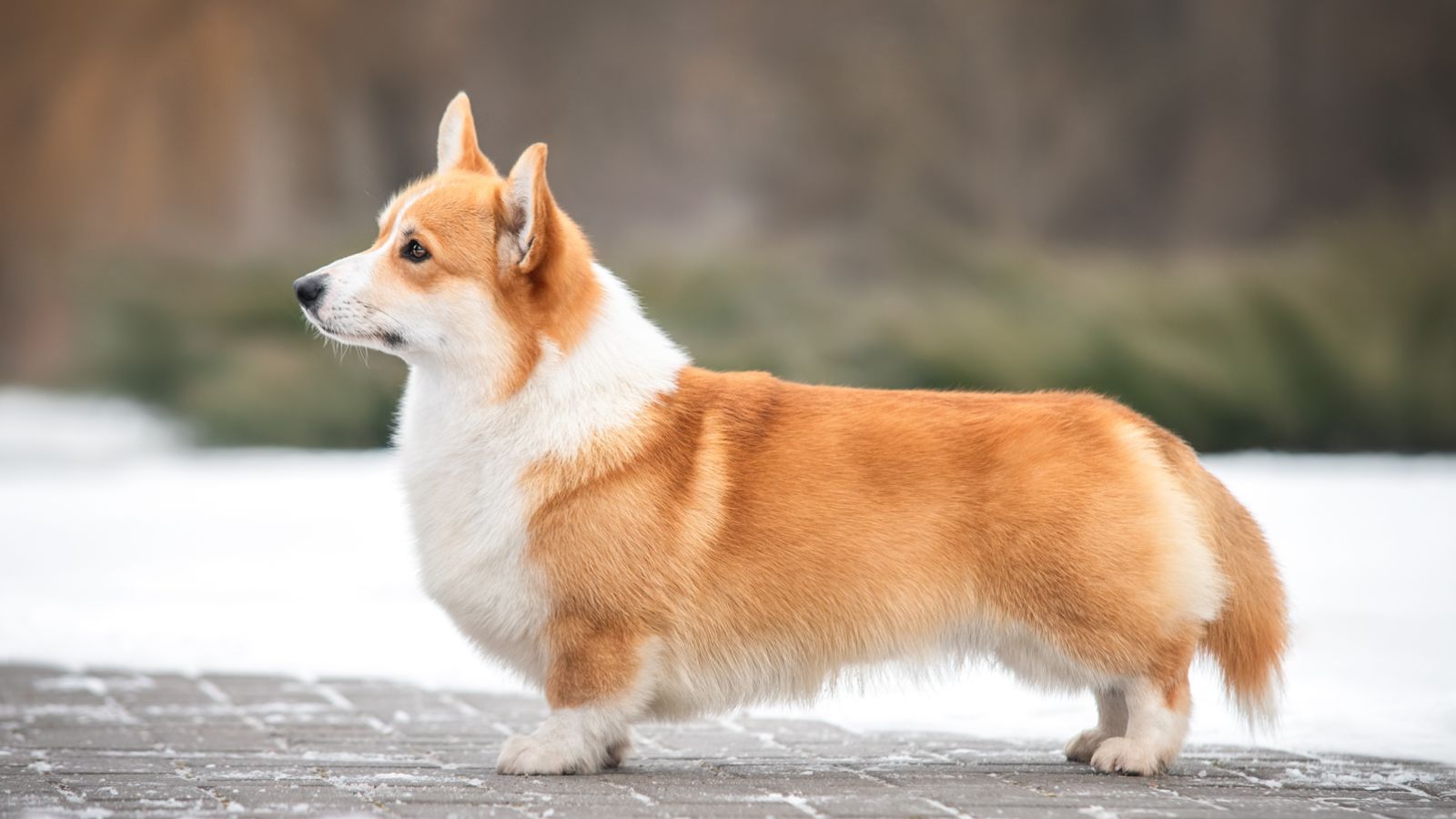
This breed is associated with the British royal family, especially with the late Queen Elizabeth II. While undeniably cute with their short legs, foxy ears, and fluffy coats, they’re herding dogs bred to be independent thinkers, making them stubborn and headstrong. My Family Vets also warns that Corgis are “big dogs on little legs” and require a lot of exercise to prevent boredom.
Doberman Pinscher
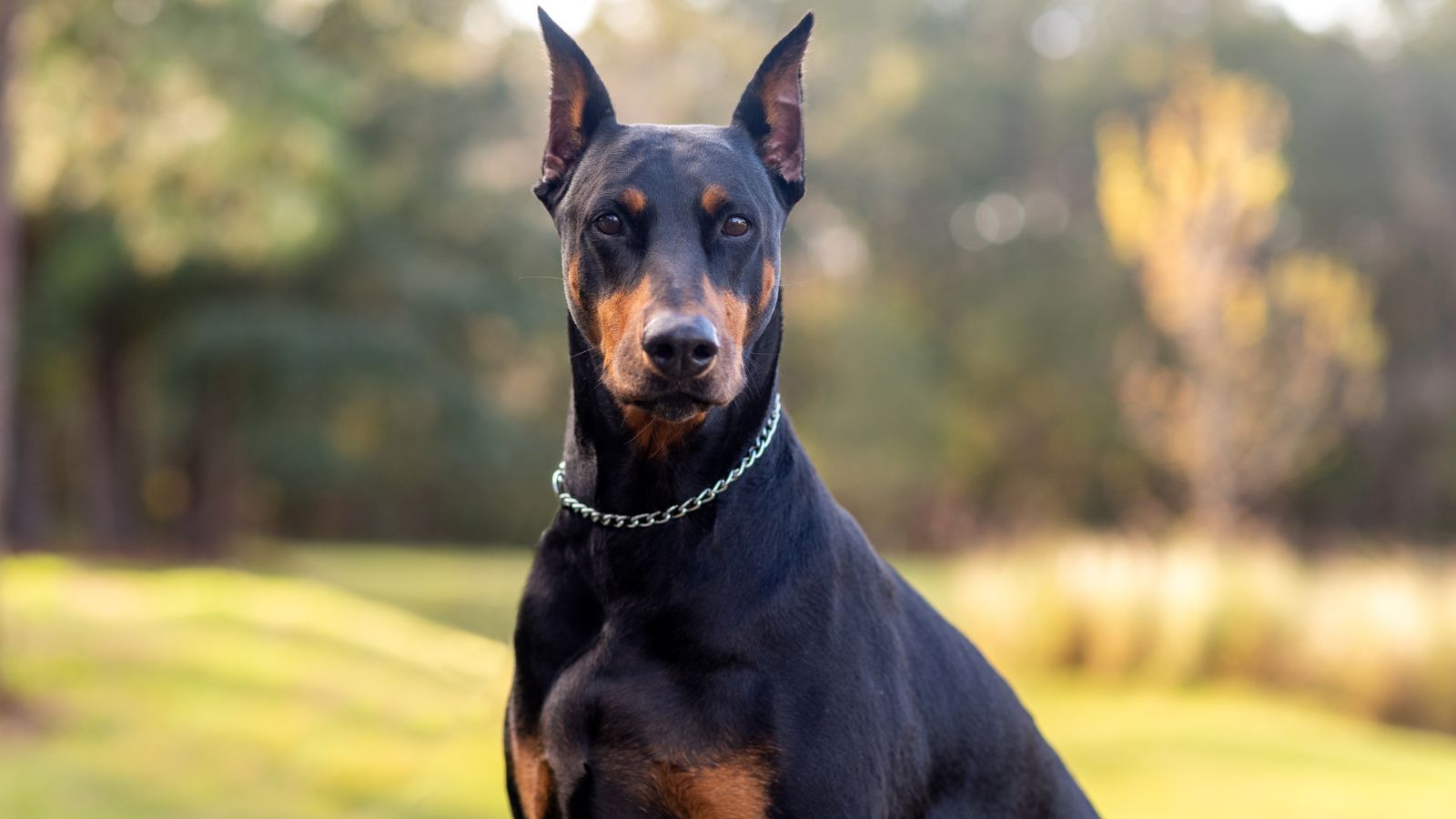
Majestic and somewhat intimidating, sleek Dobermans are intelligent, loyal, and alert. While they make excellent home defenders, their protective instinct requires a capable, experienced owner who can provide firm training, sufficient stimulation, and adequate socialization. Otherwise, individuals can become overly reactive, destructive, or even aggressive.
Golden Retriever

Like their close cousins, the Labradors, Golden Retrievers are popular and known to be friendly, playful, and eager to please. Just be aware that they aren’t suited to sedentary homes until old age, as they require a lot of exercise and are happiest when involved in human activities. They also shed excessively and leave a constant layer of fur on furniture and bedding.
Read More: 18 American Phrases That Non-Americans Struggle to Understand

American expressions are a vital part of its culture, reflecting the nation’s history and values. However, these sayings can sometimes puzzle people from other countries because they often carry context, colloquialisms, and historical references that can lose their intended meaning when crossing borders. Let’s look at 18 of such American sayings.
18 American Phrases That Non-Americans Struggle to Understand
18 Reasons Why No One Is Interested in Working Anymore

The concept of traditional employment has taken a back seat in recent times with changes in economic and social factors, as well as individual preferences. Traditional jobs have also evolved, and many people don’t feel the need to take this route anymore. These are 18 reasons why no one is interested in working anymore.
18 Reasons Why No One Is Interested in Working Anymore
17 States Americans No Longer Want to Live In

America is constantly changing, and within it, so are its states. Some have new laws that residents don’t agree with, while others have increasing rates of unemployment or areas of extreme poverty. These aspects make it difficult for a person to stay in their home state. Here are 17 states that Americans are deciding to reconsider.
17 States Americans No Longer Want to Live In
17 Things That Are Sadly Disappearing From Everyday Life

Life in modern times seems to evolve at an unprecedented pace. Certain things we couldn’t live without a few years ago are rapidly becoming redundant. Let’s take a peek at 17 such victims of modernization and why they’re slowly but surely disappearing.
17 Things That Are Sadly Disappearing From Everyday Life
15 Ways To Tell If Someone Is Not a Good Person

While it’s important to avoid quick judgments, certain behaviors can be strong indicators of a person’s character. Here are 15 ways to discern if someone might be a bad influence or possess harmful traits.
